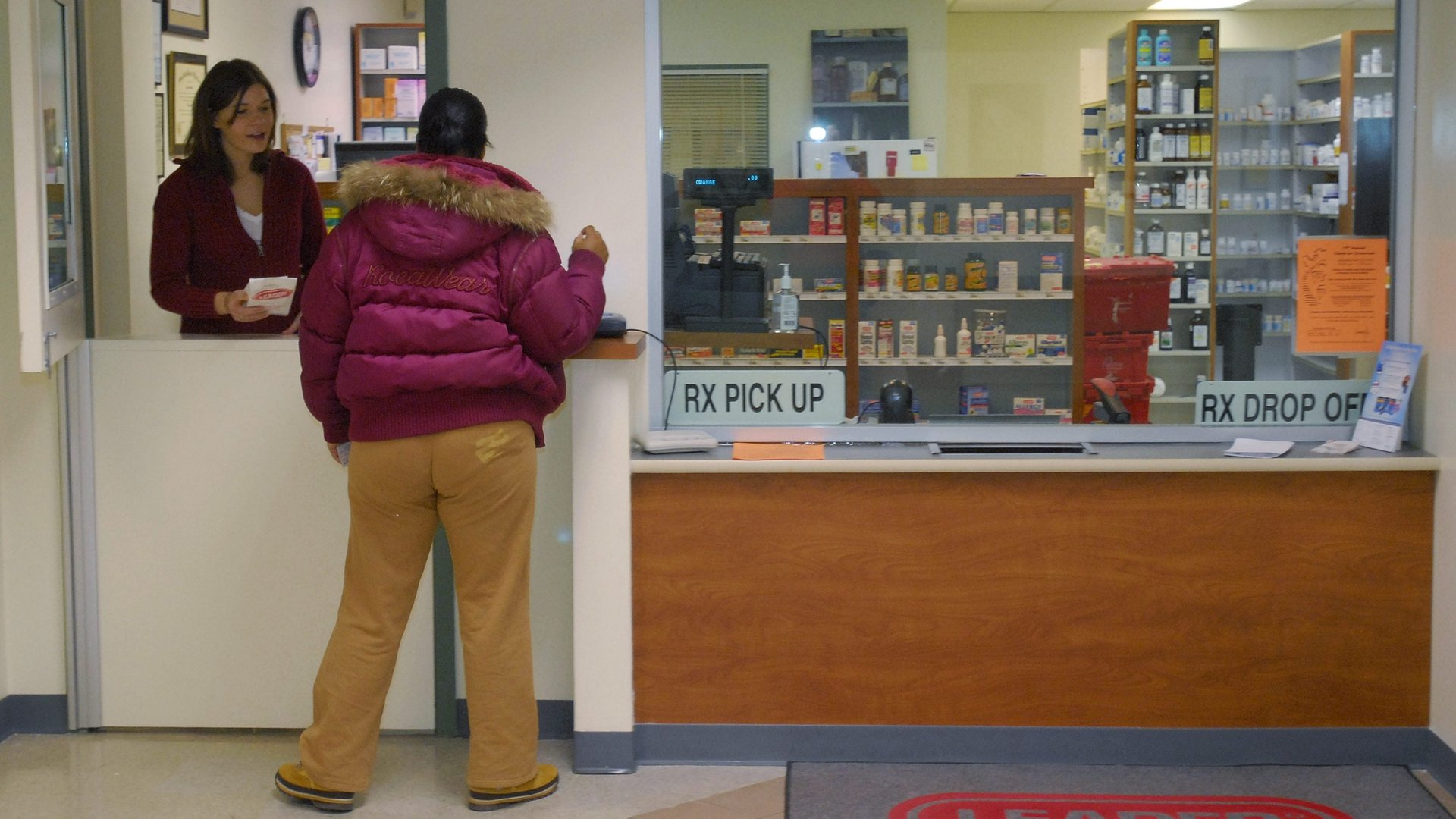Good luck finding a covid-19 “test to treat” location near you, America
With a daily average of 53,000 new covid-19 cases, and 1,700 deaths, the pandemic isn’t over in the US. Yet the government’s response has moved onto a new phase, focused on treatment rather than prevention.


With a daily average of 53,000 new covid-19 cases, and 1,700 deaths, the pandemic isn’t over in the US. Yet the government’s response has moved onto a new phase, focused on treatment rather than prevention.
A key part of the new preparedness plan (pdf) launched by president Joe Biden during his State of the Union address is the introduction of so-called “test to treat” spots in pharmacies and other locations, where people can get tested for covid-19 and, if they are positive, get a prescription for the antiviral drug Paxlovir on the spot, and for free. This would help reduce the delay between diagnosis and treatment, which is essential for therapeutical success.
Hundreds of test-to-treat sites are like no sites
Public health experts have concerns about the new strategy, which appears to all but leave behind containment measures and prevention (with the exception of vaccines), but the concept of a one-stop “test to treat” location in pharmacies has sure benefits. The convenience of getting both a test and free treatment in the same place in as little as 15 minutes (the time it takes for a rapid test to give results) ensures people who test positive are treated immediately, and minimizes the inconvenience of finding a doctor and dealing with insurance reimbursement.
Except buried in the plan is a word that dramatically minimizes the impact of the program: hundreds. “There will be hundreds of ‘One-Stop’ Test to Treat locations—including pharmacy-based clinics—across the country in March,” read White House documents detailing the news policy. The hundreds of one-stop locations will be distributed among long-term care and veteran affairs facilities, community health centers, and pharmacy-based clinics—so they will not be nearly as ubiquitous as the announcement seemed to suggest.
There are 1,400 community health centers, 2,400 veteran healthcare facilities, nearly 30,000 long-term care facilities, and nearly 90,000 pharmacies in the US, of which 40,000 have been part of the White House network of covid-19 vaccine providers. Compared to this capacity, the hundreds of one-stop locations look like a drop in the ocean, and the chances of stumbling upon a pharmacy that provides tests and prescribes treatment seem slim at best.